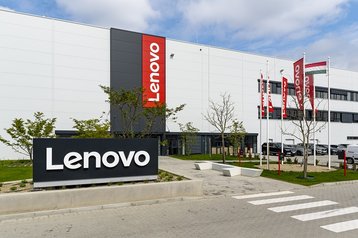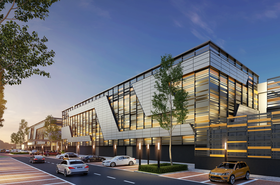The Supercomputing Center at the Donostia International Physics Center (DIPC) in Spain has launched a new supercomputer called Hyperion.
Although the system was first unveiled in February 2024, DIPC has now announced Hyperion will be powered by Lenovo.
The company partnered with Spanish IT services provider Omega Peripherals on the proposal and was awarded the contract after it offered the highest total compute capacity for the center’s budget.
The Hyperion system is built on ThinkSystem technology and includes 60 ThinkSystem SR630 V2 Nodes with 256 GB of memory each, 16 Lenovo ThinkSystem SR650 V2 storage nodes, and 60 Intel Xeon Gold 6342 24C processors with 2,880 cores, bringing the total number of cores to 14,000. It also contains 11 Infiniband 200 Gbps switches and 11 Ethernet 100 Gbps switches.
It replaces DIPC’s existing supercomputer Atlas, which no longer had the necessary number of cores to support the HPC workloads of the Basque Country’s scientific community. DIPC said Hyperion performs three times faster on average than Atlas and claims to be the third most powerful supercomputer in Spain.
The new system serves researchers from the Basque Science, Technology, and Innovation Network and is already being used for a number of projects, including to simulate the formation of galaxies and developments in quantum technologies, artificial intelligence, and computational chemistry.
“Lenovo offered more computing nodes than any other vendor. They also provided a very energy efficient solution that also had a low carbon footprint in the small space we had,” said Txomin Romero Asturiano, director of the DIPC. “Hyperion is working even better than we expected. With Lenovo’s help, we give the world’s brightest minds the computing resources they need to solve the toughest problems out there.”






